Chrysanthemum "Anastasia": recommendations for planting and care

Many gardeners and summer residents plant chrysanthemums with the expectation that their site will look elegant and bright in the fall. Indeed, chrysanthemums begin to bloom when the weather becomes cooler and the daylight hours are short. There are a huge number of different types and varieties of them, but especially the recently bred Anastasia hybrid variety, which quickly became popular among lovers of these flowers, can be distinguished.
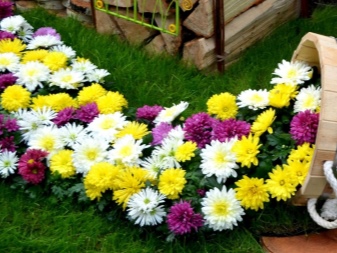
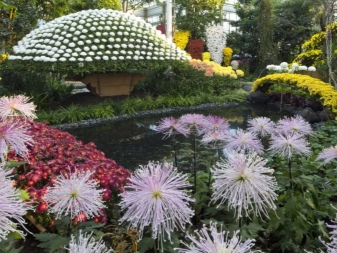
Peculiarities
The hybrid variety "Anastasia" was developed relatively recently, in the early 2000s. This single-headed chrysanthemum conquered flower growers with a large beautiful flower on a powerful stem with beautiful curly leaves, for its relative unpretentiousness and for a variety of colors. There are about eight subspecies of this variety. A large inflorescence of a very beautiful shape with arrow-shaped petals, a strong stem that grows up to 1 meter in height, as well as curly-cut feathery shiny smooth leaves of a bright green color - all this looks very good in general both in the flowerbed and in the cut. A bouquet can stand in a vase for a very long time with regular water changes. And in the flower garden, these chrysanthemums do not fade for a long time, despite the autumn bad weather.


Chrysanthemums, planted in open ground, bloom once in September-October, but the flower stalks last for a very long time, almost until frost. Since this plant is quite thermophilic and will not be able to overwinter without shelter in central Russia, chrysanthemums planted in this way are cut and covered for the winter or transplanted into pots and brought into the room.
Florists who grow flowers in greenhouses and greenhouses love this variety very much for its repeated flowering throughout the year, as well as for the fact that bouquets from it look great both in a single version and in compositions with other decorative flowers and plants.

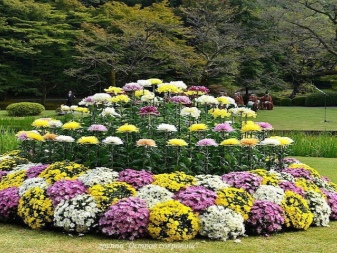
Views
A significant advantage is that the single-headed chrysanthemum "Anastasia" has many subspecies that differ in color. These plants can be used for flower beds, flower beds, along garden paths or next to decorative ponds. In order to be able to beautifully pick up bouquets or arrange a flower garden, it is necessary to consider various options for Anastasia chrysanthemums.
- Classic white chrysanthemum White. Delicate white pointed petals have a barely noticeable pinkish tint, the inflorescence core is slightly yellowish. Interestingly, the color of the white chrysanthemum can be changed by adding some food coloring to the water.
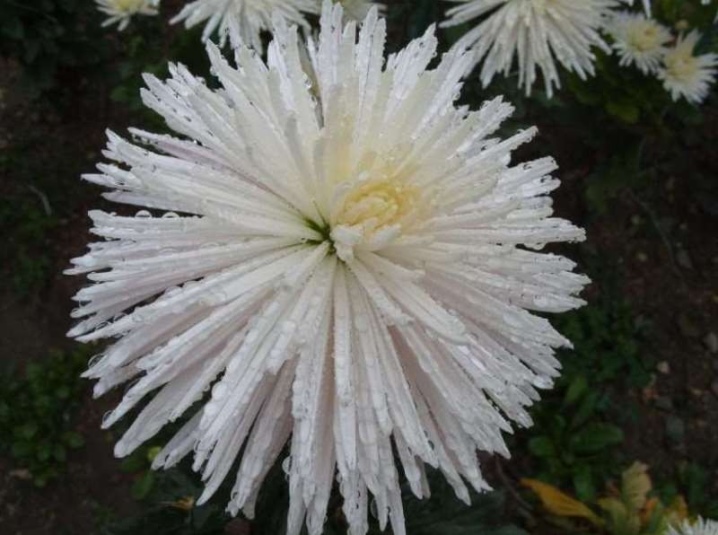
- Another white chrysanthemum is Start White. This version of "Anastasia" has snow-white petals with a slightly greenish tint.

- Yellow chrysanthemums Yellow and Sun with a pronounced Spider shape (translated as "spider" - this is the name of the main group of chrysanthemums, to which the variety "Anastasia" belongs). At the edges of the inflorescence, the petals are long, thin, resembling the legs of a spider, and in the center - short, thick, close the core.
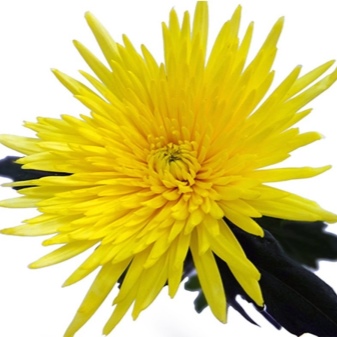
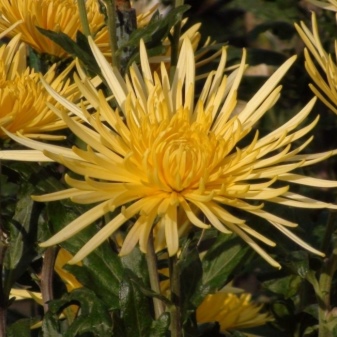
- Pink chrysanthemums Pink have more lush terry petals. Shades range from deep deep pink to very light pink.
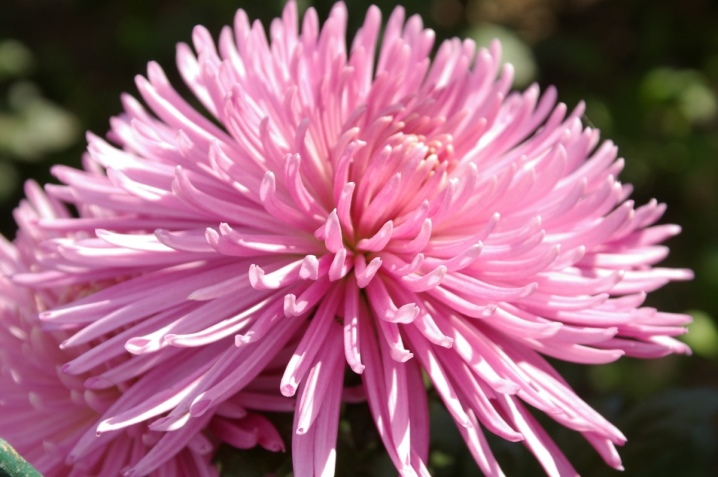
- Another type of pink chrysanthemum - Lilac, rich in bright pink or lilac color, with lush double inflorescences, attracts special attention.
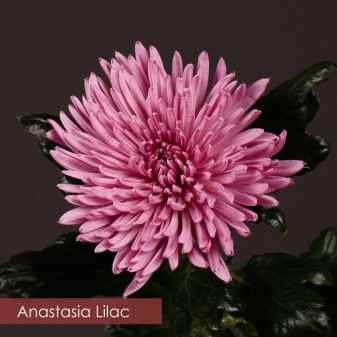

- Perhaps the most unusual subspecies of "Anastasia" is Green, flowers of a pale green color, with petals twisted inward, are also distinguished by their resistance to frost.
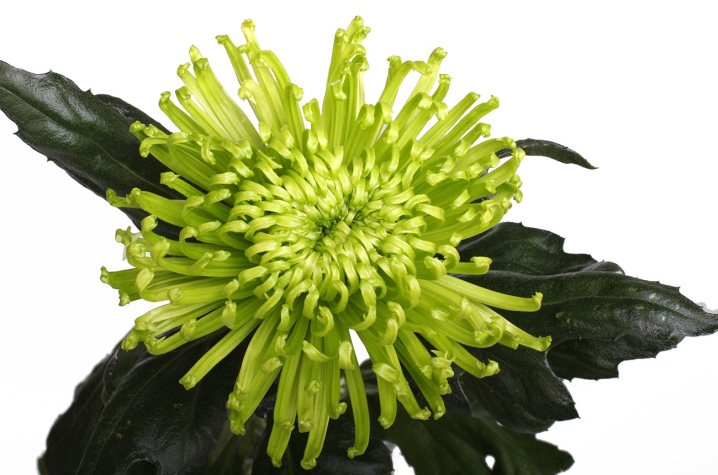
- Cream is another shade of Anastasia. The name itself speaks of what color this chrysanthemum is. Both in color and in shape, it is a very delicate, exquisite flower.
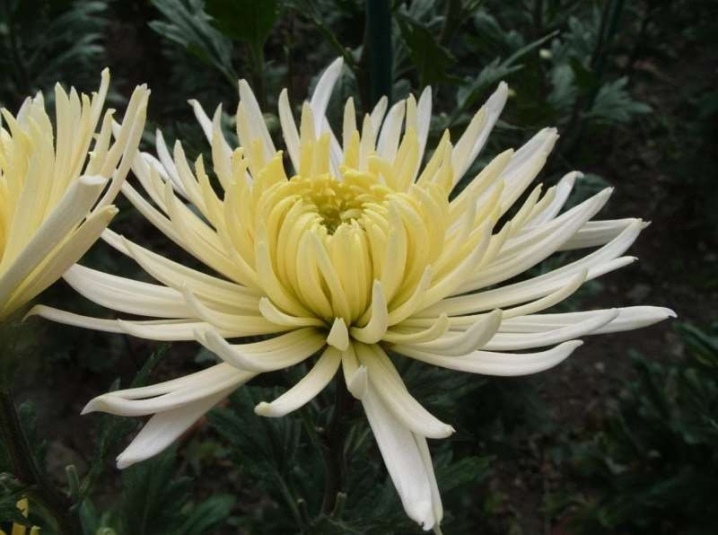
- Chrysanthemum Bronze also has double petals, like pink, but shades of bronze smoothly transition from a lighter shade at the edges to a darker shade in the center.
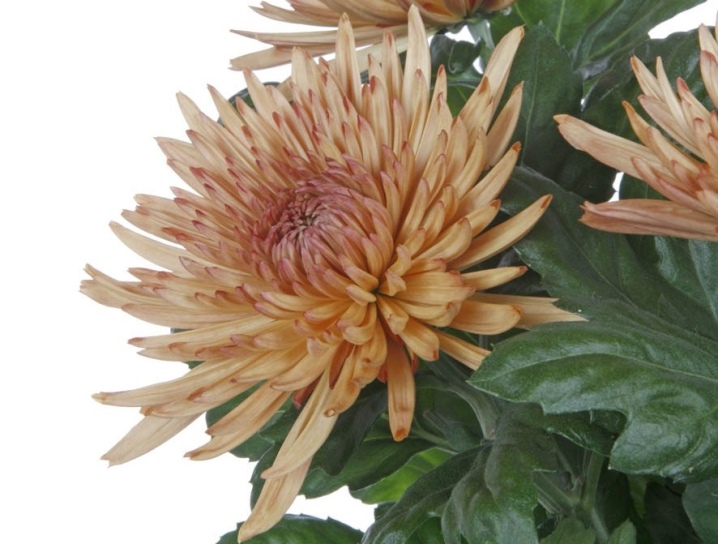
Planting and leaving
Chrysanthemums are quite unpretentious plants. If you plant it correctly and follow the simple rules of care, then this perennial flower will decorate your garden plot or cottage for a long time.
Chrysanthemum can be grown from seeds or cuttings, or by dividing the bush. The easiest way is to divide the bush. In the fall, after flowering ends, you need to dig out the root, carefully divide it into parts with a sharp shovel and plant it in pre-prepared holes. Cuttings are prepared on the contrary in the spring before the active growth of the shoots. To do this, cut off a small piece of the stem with buds, about 7 cm, drop it into wet soil, cover it until the roots appear, then plant it in a permanent place. The seeds can be sown directly into the ground when it gets warm, but then it is possible that in the first year there will be no flowering. To prevent this from happening, it is better to sow the seeds early, somewhere in February, and grow seedlings, which are then transplanted into garden soil in May.
When choosing a place for a chrysanthemum, it must be borne in mind that this plant does not tolerate both waterlogging and drought, as well as intense sunlight, but it will not bloom profusely in the shade either. Since the shoot of an adult plant reaches a height of almost one meter, it is advisable to make some kind of support for the flower and protect it from wind and drafts.
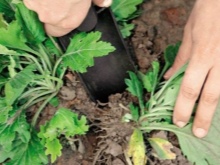


Planting is carried out in pre-prepared holes, in which it is advisable to first put large pebbles or expanded clay for drainage so that water does not stagnate. Since chrysanthemums prefer slightly acidic soil, the garden soil can be slightly enriched with peat, humus, and sand can be added to make the soil loose and breathable.
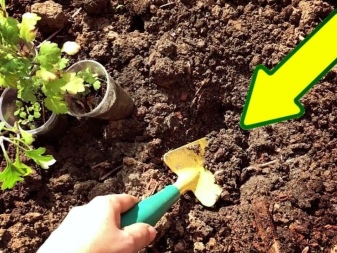

It is advisable to water on hot days every day, but not very plentifully, since in this case it is worth adhering to the rule "it is better to underfill than to pour." But these plants do not tolerate drought well, without watering the chrysanthemum, they will either not bloom at all, or the inflorescences will be small and inexpressive. Watering can be partially replaced by frequent loosening of the soil and the use of mulch.

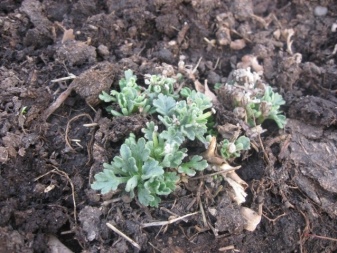
The chrysanthemum bush is fertilized three times per season: nitrogen fertilizers are applied in the spring, phosphorus-potassium fertilizers in the summer before flowering, and in the fall, before preparing the plant for wintering, organic matter, humus, compost or rotted chicken droppings can be added, but with caution, since large amounts of droppings can cause root burns.
Treatment from pests and diseases is also best done as a preventive measure in advance. In early spring, it can be sprayed with Bordeaux liquid, a mixture of solutions of copper sulfate and slaked lime, and during the summer, from time to time treated with insecticides against insect pests.
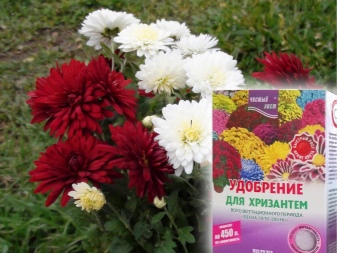
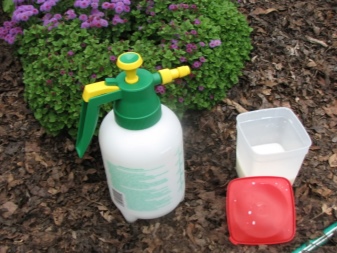
During the period when the plant is gaining green mass, for the formation of a large inflorescence, it is necessary to correctly form a bush, remove almost all lateral shoots, leaving several strong ones, or leave one bud on the main stem. In late autumn, before frosts, the bush is cut off, leaving stems about 10 cm long, and covered first with earth, then with some covering material. In warmer climates, chrysanthemums do not need to be covered for the winter. There is another option for wintering chrysanthemums - this is when plants transplanted into a pot are brought into the room, but after they have faded. The plant needs rest, and chrysanthemums in pots should be placed in a place where there will be a constant temperature of no higher than 15 degrees, as well as relatively humid air.

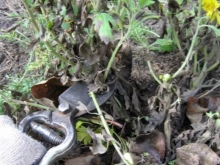
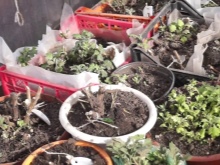
Next, watch a video with tips for caring for large-flowered chrysanthemums outdoors.







































































































The comment was sent successfully.